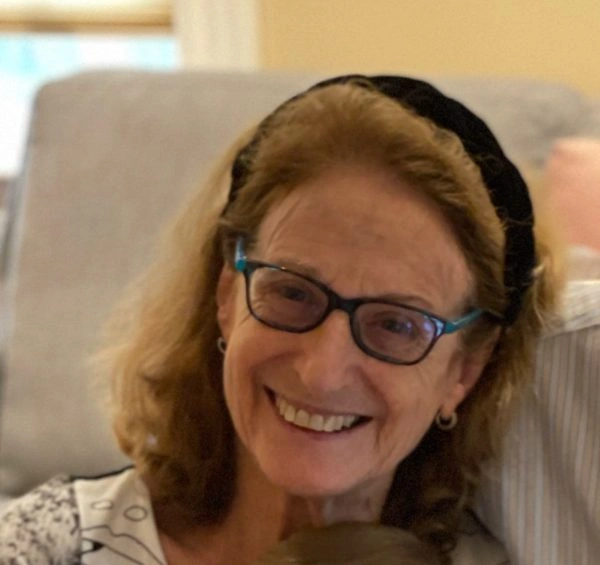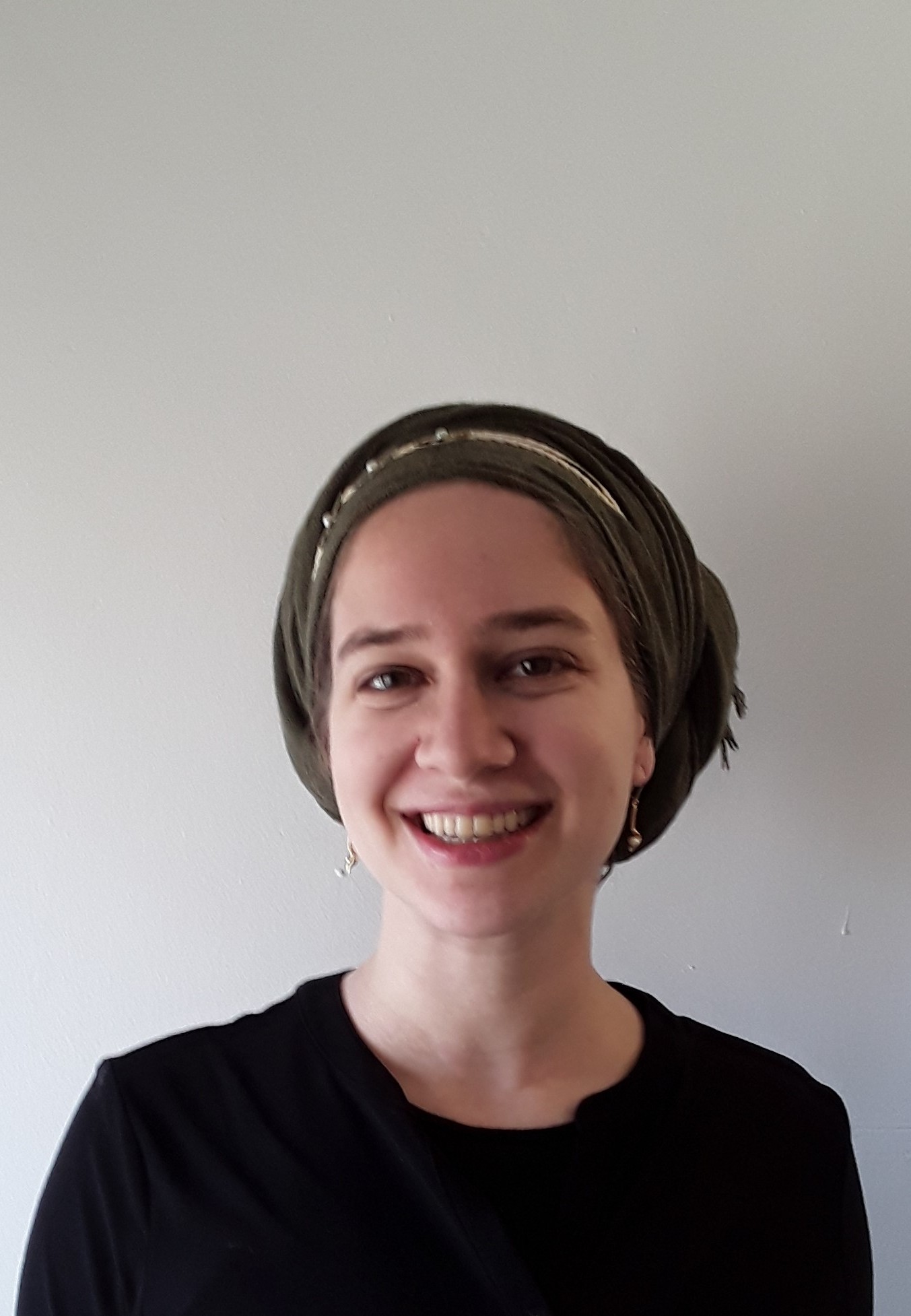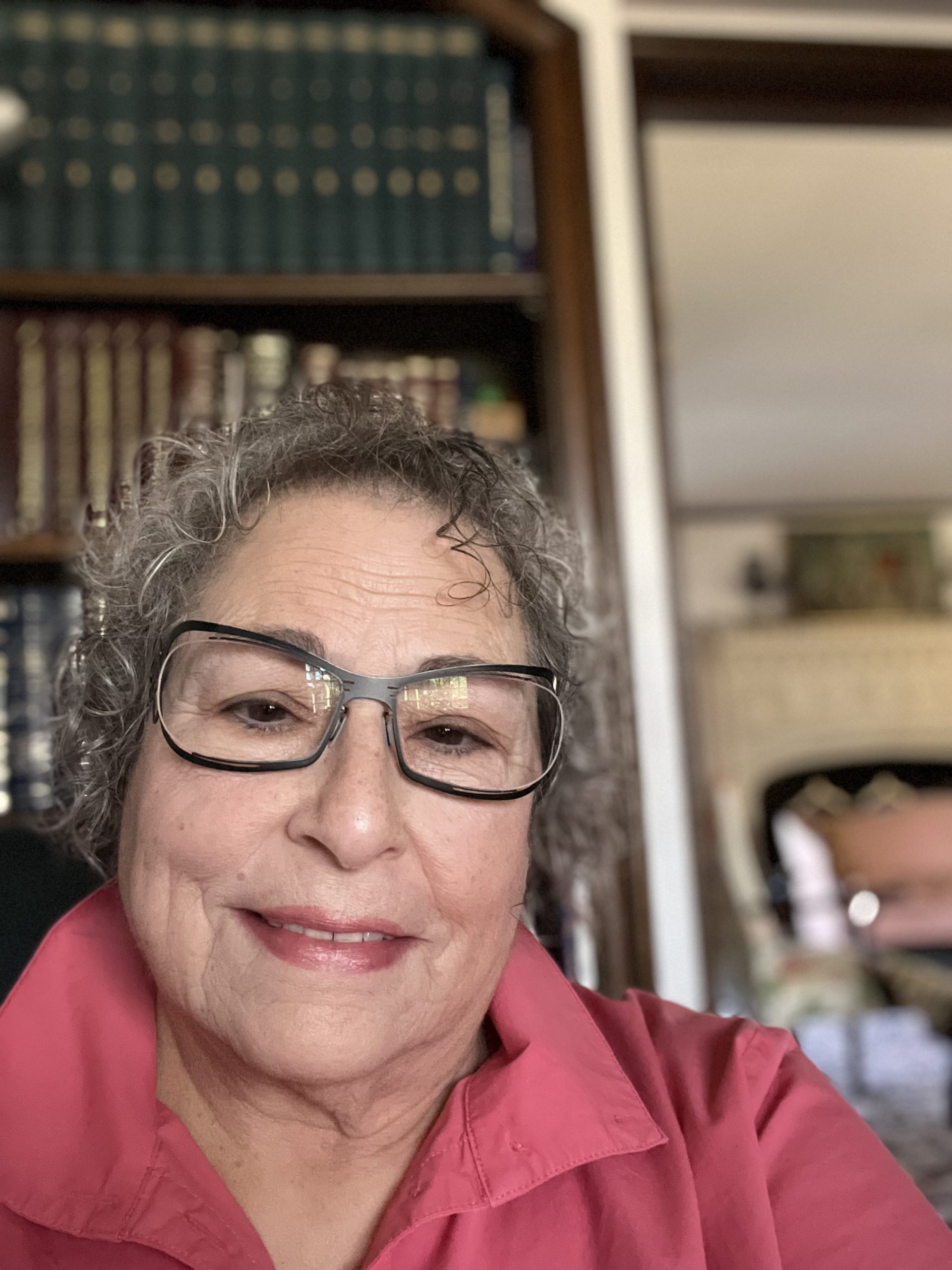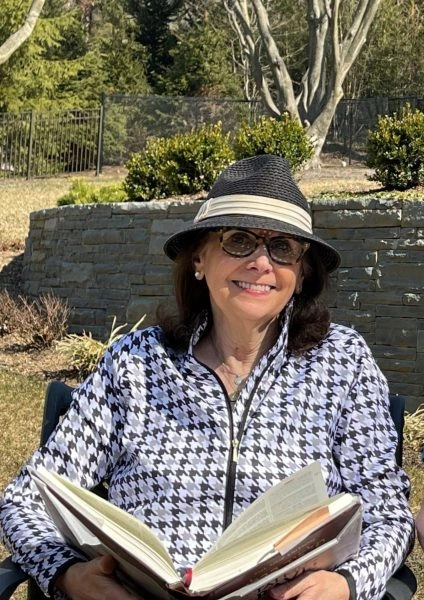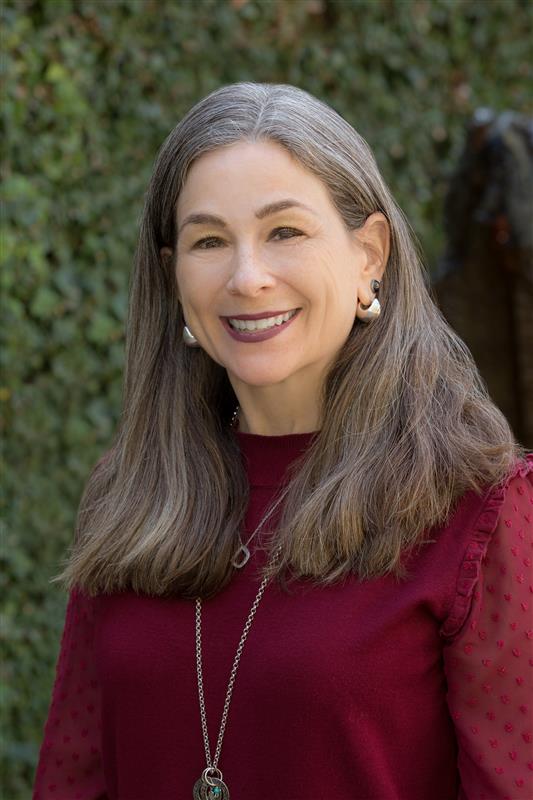If one takes out an object from one domain to another, one is obligated only if it is an item that is important. How is significance of an item determined? Is it subjective? Does it depend on what use you are intending for it? Does past behavior play a role? The mishna lists food for animals – what amount of each food item would obligated you? Each food is intended for different animals who each eat different amounts so the amount depends on the particular food. What if you take food for one animal to feed a different type of animal – what amount would be needed to obligate one? Can different food items combine to get to a requisite amount? For food for humans, what is the amount? Can different foods combine? What about parts of the food that are inedible? What is the requisite amount for drinks?
Want to dedicate learning? Get started here:
Today’s daily daf tools:
Delve Deeper
Broaden your understanding of the topics on this daf with classes and podcasts from top women Talmud scholars.
New to Talmud?
Check out our resources designed to help you navigate a page of Talmud – and study at the pace, level and style that fits you.
The Hadran Women’s Tapestry
Meet the diverse women learning Gemara at Hadran and hear their stories.
Shabbat 76
אָמַר רַבִּי אֶלְעָזָר: הָא דְּלָא כְּרַבִּי שִׁמְעוֹן בֶּן אֶלְעָזָר. דְּתַנְיָא, כְּלָל אָמַר רַבִּי שִׁמְעוֹן בֶּן אֶלְעָזָר: כׇּל שֶׁאֵינוֹ כָּשֵׁר לְהַצְנִיעַ, וְאֵין מַצְנִיעִין כָּמוֹהוּ, וְהוּכְשַׁר לָזֶה וְהִצְנִיעוֹ, וּבָא אַחֵר וְהוֹצִיאוֹ — נִתְחַיֵּיב זֶה בְּמַחְשָׁבָה שֶׁל זֶה.
Rabbi Elazar said: This is not in accordance with the opinion of Rabbi Shimon ben Elazar, as it was taught in a baraita that Rabbi Shimon ben Elazar stated a principle: Anything that is not fit to be stored and people do not typically store items like it, but it was deemed fit to be stored by this person and he stored it, and another person came and carried out the object that was stored, that person who carried it out is rendered liable by the thought of this person who stored it. Once one person deemed it significant by means of thought and action, it is considered significant for all people. According to our mishna, however, only the person who stored the object is liable for carrying it out.
מַתְנִי׳ הַמּוֹצִיא תֶּבֶן — כִּמְלֹא פִי פָרָה. עָצָה — כִּמְלֹא פִי גָמָל. עָמִיר — כִּמְלֹא פִי טָלֶה. עֲשָׂבִים — כִּמְלֹא פִי גְדִי. עֲלֵי שׁוּם וַעֲלֵי בְצָלִים, לַחִים — כִּגְרוֹגֶרֶת, יְבֵשִׁים — כִּמְלֹא פִי גְדִי. וְאֵין מִצְטָרְפִין זֶה עִם זֶה מִפְּנֵי שֶׁלֹּא שָׁווּ בְּשִׁיעוּרֵיהֶן.
MISHNA: The mishna lists the measures in which various substances are significant and generally stored. One who carries out straw in a measure equivalent to a cow’s mouthful is liable. The measure that determines liability for etza is equivalent to a camel’s mouthful. Because it is a coarser food, he must carry out a greater amount in order to be liable. The measure that determines liability for ears of grain is equivalent to a lamb’s mouthful. The measure that determines liability for grass is equivalent to a goat’s mouthful, which is smaller than that of a lamb. The measure that determines liability for garlic leaves and onion leaves, if they are moist and fit for human consumption, is equivalent to a dried fig-bulk. A dried fig-bulk is the standard measure for human food. If the garlic leaves and onion leaves are dry, the measure for liability is equivalent to a goat’s mouthful. And none of these substances join together with one another to constitute a measure for liability because they are not equal in their measures.
גְּמָ׳ מַאי עָצָה? אָמַר רַב יְהוּדָה: תֶּבֶן שֶׁל מִינֵי קִטְנִית. כִּי אֲתָא רַב דִּימִי, אֲמַר: הַמּוֹצִיא תֶּבֶן כִּמְלֹא פִי פָרָה לְגָמָל, רַבִּי יוֹחָנָן אָמַר: חַיָּיב, רַבִּי שִׁמְעוֹן בֶּן לָקִישׁ אָמַר: פָּטוּר. בְּאוּרְתָּא אָמַר רַבִּי יוֹחָנָן הָכִי, לְצַפְרָא הֲדַר בֵּיהּ. אֲמַר רַב יוֹסֵף: שַׁפִּיר עֲבַד דַּהֲדַר, דְּהָא לָא חֲזֵי לְגָמָל! אֲמַר לֵיהּ אַבָּיֵי: אַדְּרַבָּה, כִּדְמֵעִיקָּרָא מִסְתַּבְּרָא, דְּהָא חֲזֵי לְפָרָה.
GEMARA: The Gemara first asks: What is etza mentioned in the mishna? Rav Yehuda said: It is straw of types of legumes. When Rav Dimi came from Eretz Yisrael to Babylonia, he said: In the case of one who carries out a measure of straw equivalent to a cow’s mouthful for a camel, for which it is an insignificant measure, is his liability determined based on the measure that he carried out or based on the objective for which he carried it out? Rabbi Yoḥanan said: He is liable. Rabbi Shimon ben Lakish said: He is exempt. In the evening, Rabbi Yoḥanan said that; however, in the morning, he reversed his opinion and agreed with Reish Lakish. Rav Yosef said: He did well to reverse his opinion, since that amount is not suitable for a camel. There is no liability for carrying out less than a camel’s mouthful for a camel. Abaye said to Rav Yosef: On the contrary, Rabbi Yoḥanan’s original statement that he is liable is reasonable, as it is suitable for a cow. He carried out a significant measure that is fit for use, and he is liable for carrying it out even though it is insignificant for a camel.
אֶלָּא כִּי אֲתָא רָבִין, אָמַר: הַמּוֹצִיא תֶּבֶן כִּמְלֹא פִי פָרָה לְגָמָל, דְּכוּלֵּי עָלְמָא לָא פְּלִיגִי דְּחַיָּיב. כִּי פְּלִיגִי, בְּמוֹצִיא עָצָה כִּמְלֹא פִי פָרָה לְפָרָה.
Rather, when Ravin later came from Eretz Yisrael to Babylonia, he transmitted a revised version of the dispute and said: With regard to one who carries out a measure equivalent to a cow’s mouthful of straw for a camel, everyone agrees that he is liable. Where they disagree is in a case of one who carries out a measure of etza, which cows do not typically eat, equivalent to a cow’s mouthful for the purpose of feeding a cow. Here the question is more difficult. Clearly, if one were to carry out that measure for a camel, or for no particular purpose, he would be exempt. However, since he designated the food for a cow, for which it is a significant amount, perhaps he should be liable for carrying out.
וְאִיפְּכָא אִיתְּמַר: רַבִּי יוֹחָנָן אָמַר פָּטוּר, רֵישׁ לָקִישׁ אָמַר חַיָּיב. רַבִּי יוֹחָנָן אָמַר פָּטוּר — אֲכִילָה עַל יְדֵי הַדְּחָק לֹא שְׁמָהּ אֲכִילָה. רֵישׁ לָקִישׁ אָמַר חַיָּיב — אֲכִילָה עַל יְדֵי הַדְּחָק שְׁמָהּ אֲכִילָה.
And the opposite was stated in the dispute between Rabbi Yoḥanan and Reish Lakish. Rabbi Yoḥanan said: He is exempt. Reish Lakish said: He is liable. The Gemara elaborates: Rabbi Yoḥanan said: He is exempt because he holds that eating under duress, i.e., food that is not typically eaten but could be eaten if necessary, such as a cow eating etza, is not considered eating. Reish Lakish said: He is liable because he holds that eating under duress is considered eating.
עָמִיר כִּמְלֹא פִי טָלֶה. וְהָתַנְיָא כִּגְרוֹגֶרֶת! אִידֵּי וְאִידֵּי חַד שִׁיעוּרָא הוּא.
We learned in the mishna: The measure that determines liability for an ear of grain is equivalent to a lamb’s mouthful. The Gemara asks: Wasn’t it taught in a baraita: Its measure for liability is equivalent to a dried fig-bulk? The Gemara explains: This, a lamb’s mouthful, and that, a dried fig-bulk, are one, the same, measure.
עֲלֵי שׁוּם וַעֲלֵי בְצָלִים, לַחִים כִּגְרוֹגֶרֶת, וִיבֵשִׁים כִּמְלֹא פִי הַגְּדִי, וְאֵין מִצְטָרְפִין זֶה עִם זֶה מִפְּנֵי שֶׁלֹּא שָׁווּ בְּשִׁיעוּרֵיהֶן. אָמַר רַבִּי יוֹסֵי בַּר חֲנִינָא: אֵין מִצְטָרְפִין לֶחָמוּר שֶׁבָּהֶן. אֲבָל מִצְטָרְפִין לַקַּל שֶׁבָּהֶן.
We learned in the mishna: The measure that determines liability for one who carries out garlic leaves and onion leaves, if they are moist, is equivalent to a dried fig-bulk. If the garlic leaves and onion leaves are dry, the measure for liability is equivalent to a goat’s mouthful. And none of these substances join together with one another to constitute an amount for which one would be liable because they are not equal in their measures. Rabbi Yosei bar Ḥanina said: Substances that have a more lenient legal status and have a greater measure for liability do not join together with the substances among them whose legal status is more stringent and whose measure for liability is smaller. For example, one who carries out a goat’s mouthful of a mixture of straw, which is more lenient, and grass, which is more stringent, is exempt. However, substances whose status is more stringent, like grass, join together with the substances among them whose status is more lenient, like an ear of grain. One who carries out a lamb’s mouthful of a mixture of grass, which is more stringent, and an ear of grain, which is more lenient, is liable.
וְכֹל דְּלָא שָׁווּ בְּשִׁיעוּרַיְיהוּ מִי מִצְטָרְפִין? וְהָתְנַן: הַבֶּגֶד — שְׁלֹשָׁה עַל שְׁלֹשָׁה, וְהַשַּׂק — אַרְבָּעָה עַל אַרְבָּעָה, וְהָעוֹר — חֲמִשָּׁה עַל חֲמִשָּׁה, מַפָּץ — שִׁשָּׁה עַל שִׁשָּׁה. וְתָנֵי עֲלַהּ: הַבֶּגֶד וְהַשַּׂק, הַשַּׂק וְהָעוֹר, הָעוֹר וְהַמַּפָּץ — מִצְטָרְפִין זֶה עִם זֶה. וְאָמַר רַבִּי שִׁמְעוֹן: מָה טַעַם — מִפְּנֵי שֶׁרְאוּיִין לִיטַמֵּא מוֹשָׁב. טַעְמָא דִּרְאוּיִין לִיטַמֵּא מוֹשָׁב, אֲבָל אֵין רָאוּי לִיטַמֵּא מוֹשָׁב — לָא!
The Gemara questions this principle: And do any items that are not equal in their measures join together? Don’t their fundamental differences preclude any combination? Didn’t we learn in a mishna that the opposite is true? The garment must be at least three by three handbreadths in order to become a primary source of ritual impurity by means of ritual impurity imparted by treading of a zav. And the sack made from goats’ hair must be at least four by four handbreadths. And the animal hide must be five by five, and a mat must be six by six. And a baraita was taught about the mishna: The garment and the sack, the sack and the hide, and the hide and the mat join together with one another. And Rabbi Shimon said: What is the reason that they join together? Because all the component materials are fit to become ritually impure through the ritual impurity imparted to a seat upon which a zav sits, as they can each be used to patch a saddle or saddlecloth. Since they are all suitable for the same use, they join together with regard to the halakhot of ritual impurity. By inference: The reason they can combine is because they are fit to become ritually impure through the ritual impurity imparted to a seat. However, in a case where the combination is of several items not fit to become ritually impure through the ritual impurity imparted to a seat, no, they do not join together even to the more lenient, larger measure. Apparently, in general, items with different measures do not join together.
אָמַר רָבָא:
Rava said:
הָכָא נָמֵי, חַזְיָא לְדוּגְמָא.
Here too, since these substances are suited to be piled together in the sample of a merchant seeking to sell them, they join together with regard to carrying out on Shabbat as well.
מַתְנִי׳ הַמּוֹצִיא אוֹכָלִים כִּגְרוֹגֶרֶת — חַיָּיב, וּמִצְטָרְפִין זֶה עִם זֶה מִפְּנֵי שֶׁשָּׁווּ בְּשִׁיעוּרֵיהֶן. חוּץ מִקְּלִיפָּתָן, וְגַרְעִינֵיהֶן, וְעוּקְצֵיהֶן, וְסוּבָּן, וּמוּרְסָנָן. רַבִּי יְהוּדָה אוֹמֵר: חוּץ מִקְּלִיפֵּי עֲדָשִׁין שֶׁמִּתְבַּשְּׁלוֹת עִמָּהֶן.
MISHNA: One who carries out a measure of foods fit for human consumption equivalent to a dried fig-bulk into a domain where carrying is prohibited on Shabbat is liable. And all those foods join together with one another to constitute that amount because they are equal in their measures. This amount is calculated without their shells, and their seeds, and their stems, and their bran, the husk that comes off of the wheat kernel when pounded, and their coarse bran that remains in the flour. Rabbi Yehuda says: None of the shells are calculated, except for the shells of lentils, which join together with the lentils to comprise the measure for liability because they are cooked and eaten with them.
גְּמָ׳ וְסוּבָּן וּמוּרְסָנָן לֹא מִצְטָרְפִין? וְהָתְנַן: חֲמֵשֶׁת רְבָעִים קֶמַח וְעוֹד, חַיָּיבִין בַּחַלָּה הֵן וְסוּבָּן וּמוּרְסָנָן! אָמַר אַבָּיֵי: שֶׁכֵּן עָנִי אוֹכֵל פִּתּוֹ בְּעִיסָּה בְּלוּסָה.
GEMARA: The Gemara asks: And do the bran and coarse bran of cereals not join together? Didn’t we learn in a mishna: Dough made from five-quarters of a log of flour and a bit more obligates one to separate ḥalla? That amount includes them, the flour, and their bran, and their coarse bran. Apparently, bran and coarse bran join together with the flour to constitute the requisite measure. Abaye said: Bran joins together with the flour with regard to ḥalla and the making of bread, since a pauper eats his loaf made from dough mixed with bran. However, with regard to carrying out on Shabbat, the food items in question must be suitable for all people, since the measures are small and are calculated by their significance.
רַבִּי יְהוּדָה אוֹמֵר: חוּץ מִקְּלִיפֵּי עֲדָשִׁים הַמִּתְבַּשְּׁלוֹת עִמָּהֶן. עֲדָשִׁים אִין, פּוֹלִין לָא? וְהָתַנְיָא, רַבִּי יְהוּדָה אוֹמֵר: חוּץ מִקְּלִיפֵּי פּוֹלִין וַעֲדָשִׁים! לָא קַשְׁיָא: הָא בְּחַדְתֵי, הָא בְּעַתִּיקֵי. עַתִּיקֵי מַאי טַעְמָא לָא? אָמַר רַבִּי אֲבָהוּ: מִפְּנֵי שֶׁנִּרְאִין כִּזְבוּבִין בַּקְּעָרָה.
We learned in the mishna that shells do not join together to constitute the measure of food. Rabbi Yehuda says: Except for the shells of lentils because they are cooked and eaten with them. The Gemara asks: Is that to say that with lentils, yes, the shells do join together; but with beans, no, they do not? Wasn’t it taught in a baraita that Rabbi Yehuda says: Except for the shells of beans and lentils? The Gemara answers: This is not difficult: This baraita, which teaches that, according to Rabbi Yehuda, shells of beans join together with the beans, is referring to new, fresh beans. That mishna, which teaches that, according to Rabbi Yehuda, shells of beans do not join together with the beans, is referring to old beans. The Gemara asks: Why do the shells of old beans not join together? Rabbi Abbahu said: Because their shell fragments look like flies in the dish; people are repulsed by those shell fragments, they do not eat them and discard them.
הדרן עלך כלל גדול
מַתְנִי׳ הַמּוֹצִיא יַיִן — כְּדֵי מְזִיגַת הַכּוֹס. חָלָב — כְּדֵי גְמִיעָה. דְּבַשׁ — כְּדֵי לִיתֵּן עַל הַכָּתִית. שֶׁמֶן — כְּדֵי לָסוּךְ אֵבֶר קָטָן. מַיִם — כְּדֵי לָשׁוּף בָּהֶם אֶת הַקִּילוֹר. וּשְׁאָר כׇּל הַמַּשְׁקִין בִּרְבִיעִית, וְכׇל הַשּׁוֹפְכִין בִּרְבִיעִית. רַבִּי שִׁמְעוֹן אוֹמֵר: כּוּלָּן בִּרְבִיעִית, וְלֹא נֶאֶמְרוּ כׇּל הַשִּׁיעוּרִין הַלָּלוּ אֶלָּא לְמַצְנִיעֵיהֶן.
MISHNA: One who carries out undiluted wine from a private domain to a public domain or vice versa is liable only for a measure equivalent to the wine typically diluted in a cup. Pure wine was diluted with water. The measure that determines liability for carrying out wine is a measure suitable to be diluted for a significant cup of wine. The measure that determines liability for carrying out milk is equivalent to that which is swallowed in one gulp. The measure that determines liability for carrying out honey is equivalent to that which is used to place on a sore caused by chafing. The measure that determines liability for carrying out oil is equivalent to that which is used to spread on a small limb. The measure that determines liability for carrying out water is equivalent to that which is used to rub and spread on an eye bandage. And the measure that determines liability for carrying out all other liquids is a quarter of a log. And the measure that determines liability for carrying out all waste water is a quarter of a log. Rabbi Shimon says: The measure that determines liability for all liquids is a quarter of a log. He further stated: And all these measures were only stated with regard to those who store them. One indicates that he considers these liquids significant by storing them. One is only liable for carrying out an object that is significant to him. Others, for whom these measures are insignificant, are not liable for carrying them out.
גְּמָ׳ תָּנָא: כְּדֵי מְזִיגַת כּוֹס יָפֶה. וּמַאי כּוֹס יָפֶה — כּוֹס שֶׁל בְּרָכָה. אָמַר רַב נַחְמָן אָמַר רַבָּה בַּר אֲבוּהּ: כּוֹס שֶׁל בְּרָכָה צָרִיךְ שֶׁיְּהֵא בּוֹ רוֹבַע רְבִיעִית, כְּדֵי שֶׁיִּמְזְגֶנּוּ וְיַעֲמוֹד עַל רְבִיעִית.
GEMARA: It was taught in a Tosefta: The measure that determines liability for carrying out wine is equivalent to the wine diluted for a significant cup of wine. The Gemara explains: And what is the significant cup of wine to which the Tosefta referred? It is a cup of blessing. And Rav Naḥman said that Rabba bar Avuh said: A cup of blessing must have a quarter of a quarter of a log of undiluted wine in it, so that one will dilute it with water, and the cup will contain a quarter of a log. The ratio of dilution is typically three parts water to one part wine.
אָמַר רָבָא: אַף אֲנַן נָמֵי
Rava said: We too






